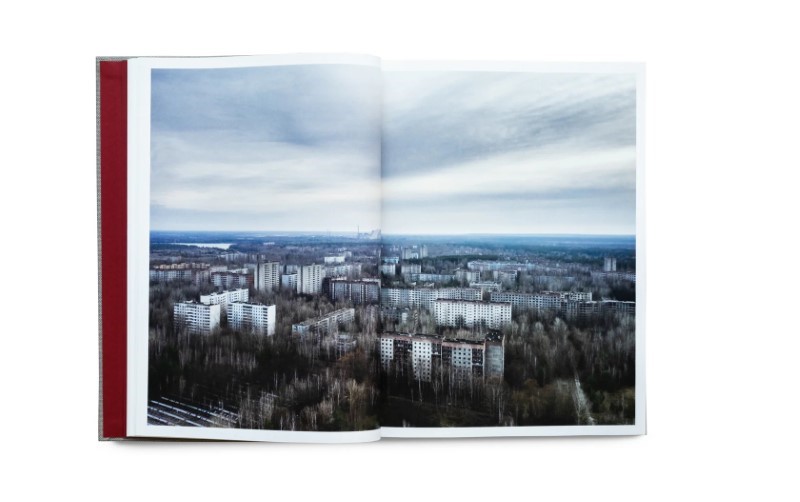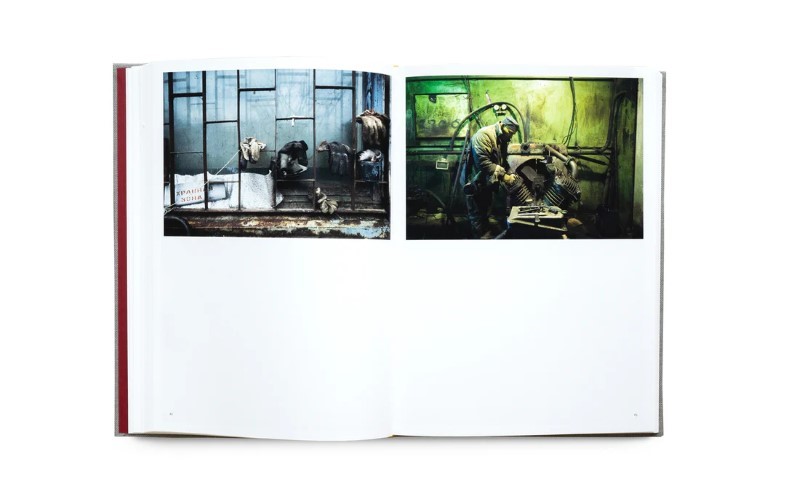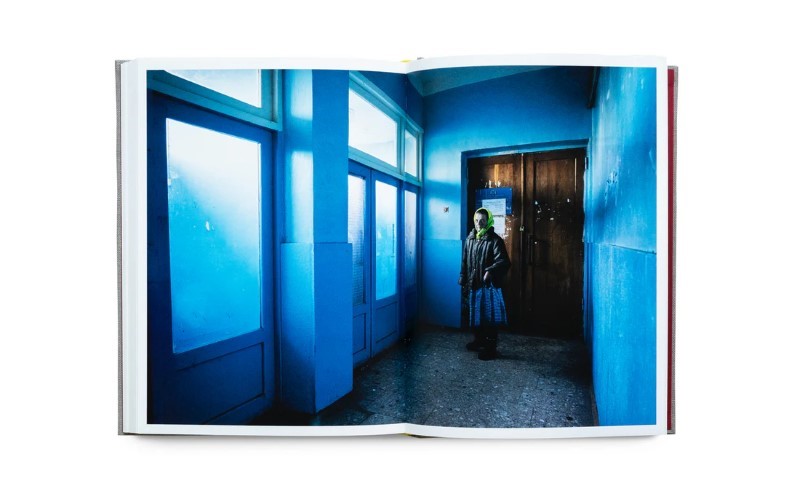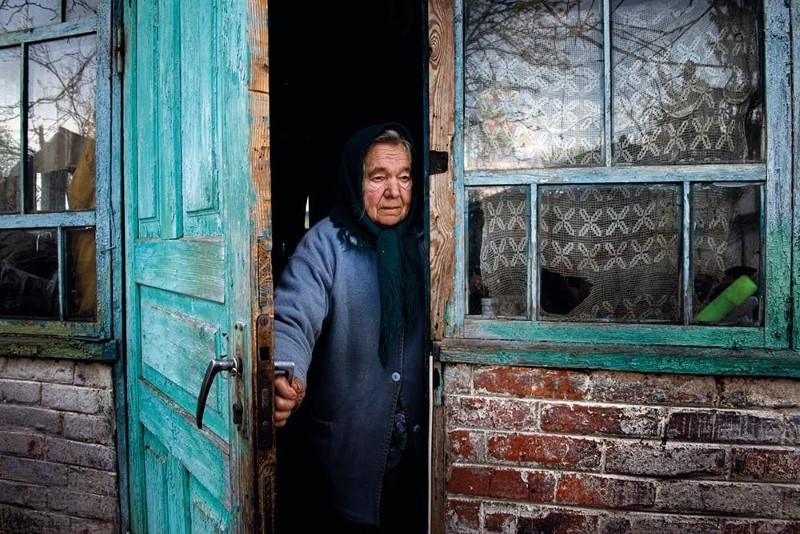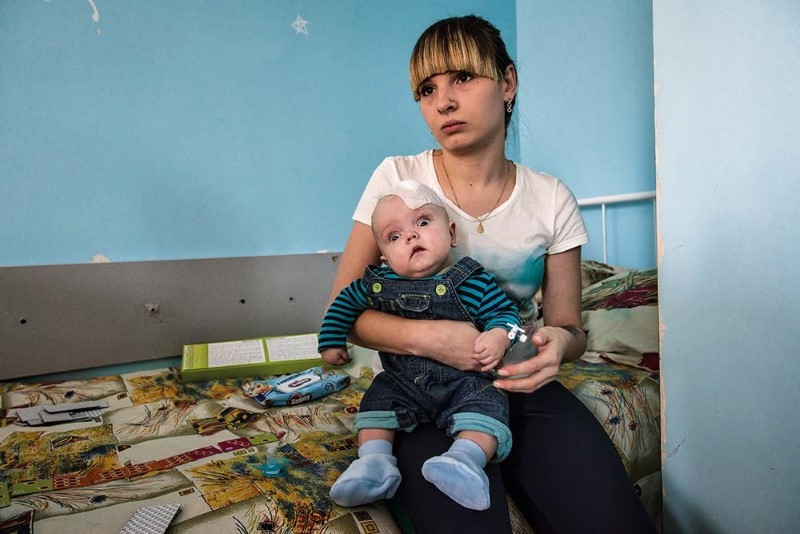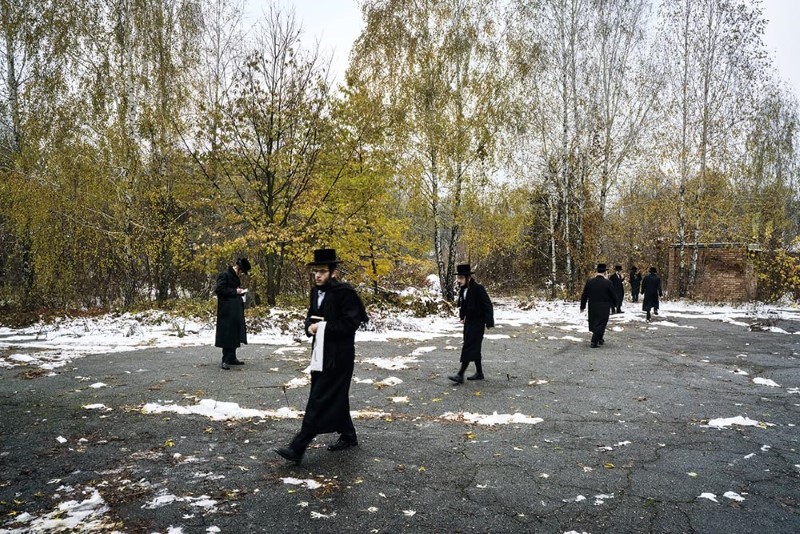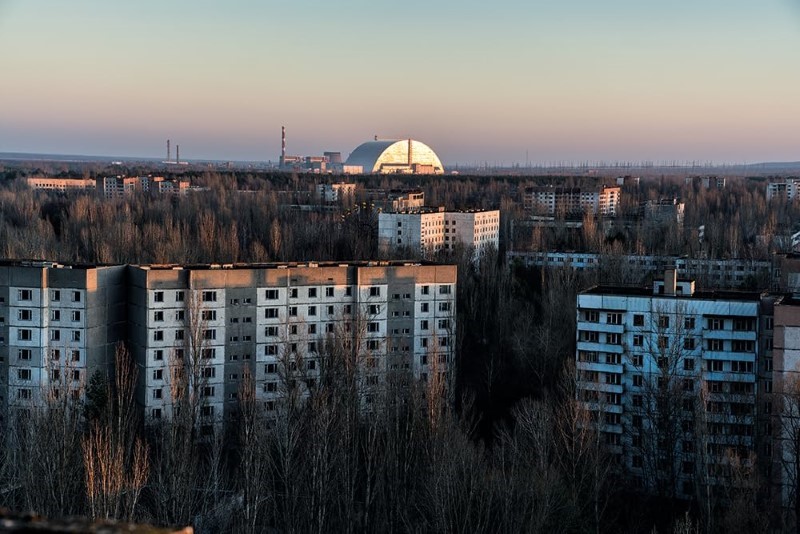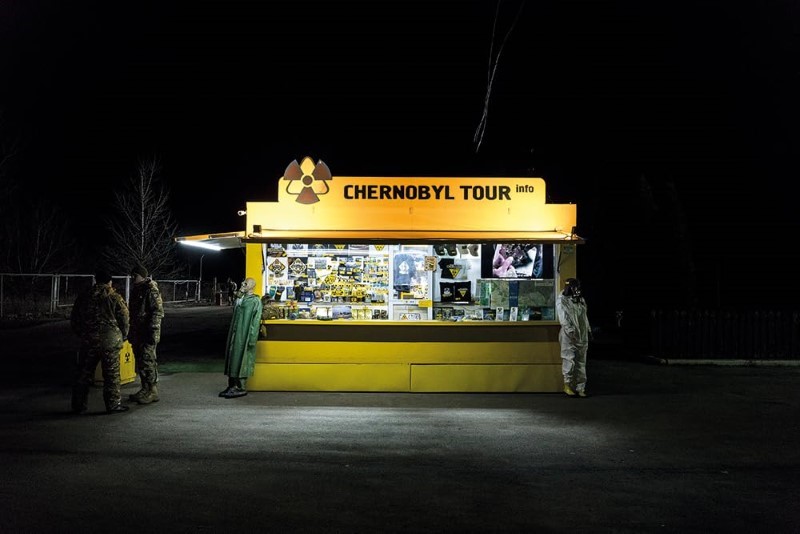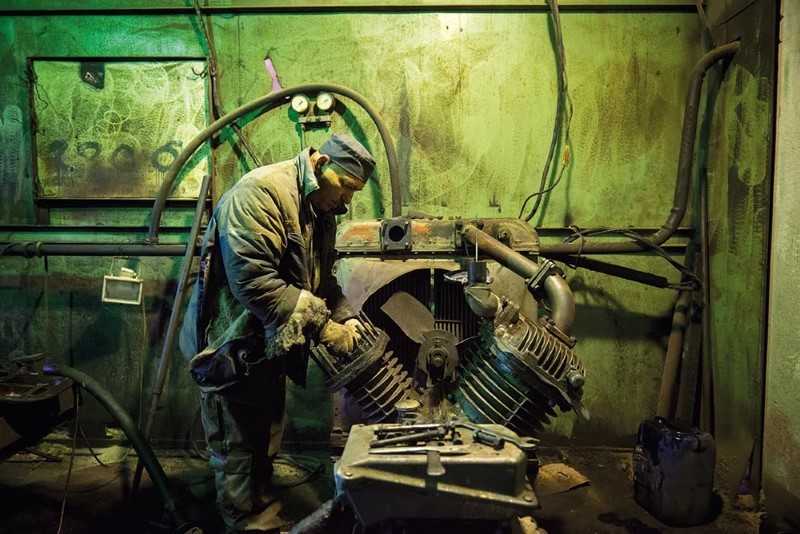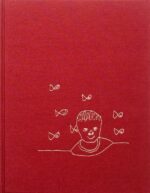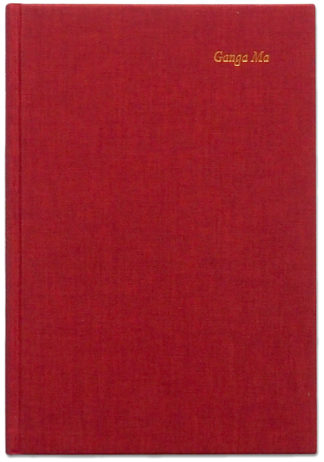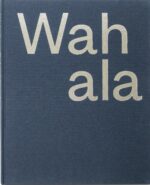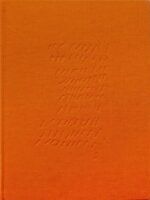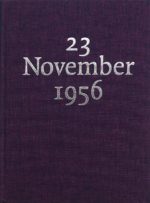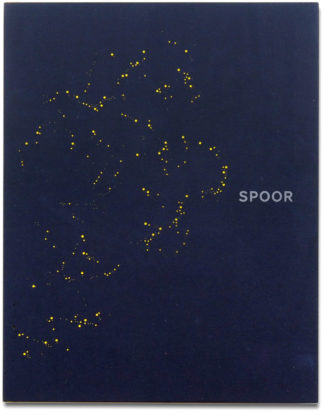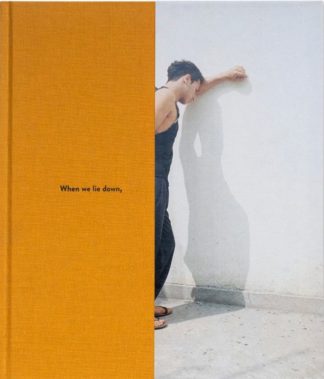Tchernobyl du photographe Pierpaolo Mittica est un document des communautés qui habitent et traversent la zone d’exclusion, une zone d’environ 2600 km2 autour du site de la catastrophe du réacteur nucléaire de Tchernobyl en 1986. Pierpaolo Mittica a fait son premier voyage à Tchernobyl en 2002, dessiné comme beaucoup pour photographier l’impact de la pire catastrophe technologique de l’ère moderne. Il est revenu plusieurs fois et plutôt que de se concentrer sur les ruines et les reliques, a cherché à raconter les histoires de ceux qu’il a rencontrés dans ce lieu unique.
Chernobyl by photographer Pierpaolo Mittica is a document of the communities who inhabit and pass through the exclusion zone—an area covering approximately 2600 km2 around the site of the Chernobyl nuclear reactor disaster of 1986. Pierpaolo Mittica first journeyed to Chernobyl in 2002, drawn like many to photograph the impact of the worst technological catastrophe of the modern era. He returned many times and rather than focusing on the ruins and relics, sought to tell the stories of those he encountered in this unique place.
Chernobyl is a unique world full of contrasts where stories of life and death intertwine and where nature is always the first to pay the price for man’s impact on planet Earth. The ‘dead zone’ of Chernobyl today is full of life, life affected and mutated by the largest and most catastrophic technological accident that humanity has ever suffered, a humanity that has no voice and has suffered all the consequences.’
The photographs in the book—the culmination of six years work for Mittica beginning in 2015 —include those showing the daily lives of the ‘samosely’ who returned to their heavily contaminated villages after being evacuated following the disaster. The samosely numbers have dwindled to less than 200 octogenerians. As the last of the survivors die, the village culture, history and traditions of the province of Polessie will disappear with them.
Approximately four thousand people live in Chernobyl and Mittica’s photographs depict a selection of those who call the town home—the military and police personnel who control
the zone, scientists studying the impact of the disaster, the operators of the reactors that are still not decommissioned and those charged with the dangerous work of recycling the tonnes contaminated metal or rusty ‘gold’ which lies abandoned.
As well as the inhabitants, Mittica photographed those passing through the zone. The most recent to start to enter illegally are referred to as ‘stalkers’, groups of young Ukranians play survival games. They undertake the journey to reach the final destination of the ghost town of Pripyat walking about sixty kilometres through the woods, mostly by night to avoid the police. Also passing through were Hasidic Jews on pilgrimages to honour an important Hasidic dynasty which originated in Chernobyl with Rabbi Menachem Nochum Twersky, who was born in 1730. In addition, since 2011 when the zone was opened to tourists, about 60,000 people a year would cross the radiation border on ‘Chernobyl Tours’ to spend a day in the most notable places associated with the diaster.
Mittica, in recognition of the arbituary divide of the thirty kilometre radius of the exclusion zone, also spent time in areas just outside but similarly impacted by the disaster. The village of Radinka is just 300 metres from the zone’s border and its residents live with the devastating health effects of high levels of contamination.
‘I recounted the consequences of the Chernobyl disaster on people and the environment because this cannot and must not be forgotten. Most of the children sickened by radiation that I photographed are no longer alive today, as well as many elderly people I photographed who lived in villages in the Exclusion Zone. Only their photographs remain to remind the world of them. Radiation does not
only erase people, but also the memory of a place and its history. I would like this book to be the memory of that place and those people for posterity.’
Following the Russian invasion of Ukraine in February 2022, much of the exclusion zone has been mined and the borders are under the control of the Ukranian Ministry of Defense. Tourists, ‘stalkers’ and pilgrims can no enter and the samosely have either been deported or live in total isolation.
‘Despite being one of the most contaminated places on Earth, the Chernobyl dead zone was full of life before the war. Today, it has truly become a zone of total exclusion. Everything mutates in the zone, not only nature, not only the human genome. With the war in Ukraine, all these stories have changed or no longer exist.’


